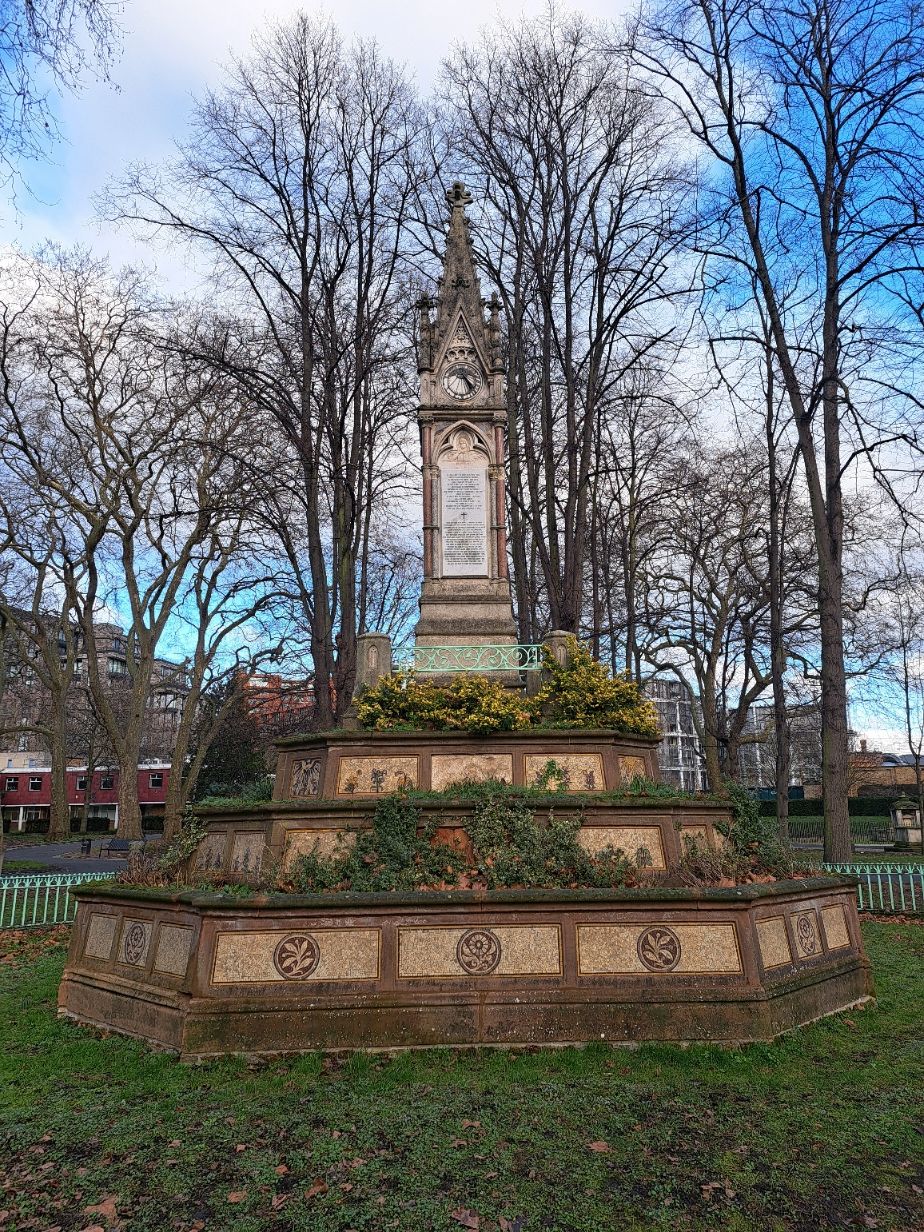During the 1760's Ravenet's services were in much demand. He was regularly commissioned by London's major publisher, John Boydell, and was employed to engrave plates after the designs of Reynolds, Zoffany and Mercier. Ravenet also engraved the portraits of such eminent Englishmen as King George, Alexander Pope, James Thompson and David Hume. His art was equally esteemed in such diverse areas as landscape, figure studies and equestrian scenes.
During the 1760's Ravenet's services were in much demand. He was regularly commissioned by London's major publisher, John Boydell, and was employed to engrave plates after the designs of Reynolds, Zoffany and Mercier. Ravenet also engraved the portraits of such eminent Englishmen as King George, Alexander Pope, James Thompson and David Hume. His art was equally esteemed in such diverse areas as landscape, figure studies and equestrian scenes.
Inscription
SIMON FRANCIS RAVENET, buried April 6, 1764
Source: Cansick 1869
Advertisement
Explore more
Sponsored by Ancestry
Advertisement




